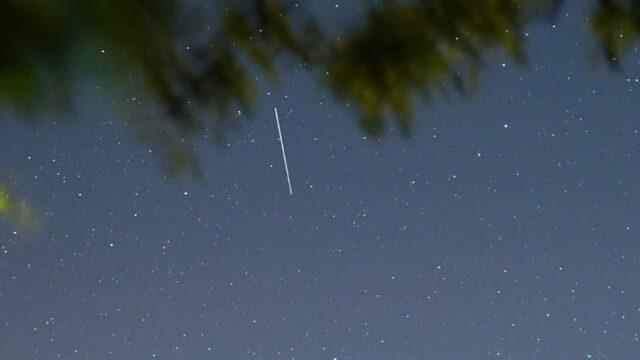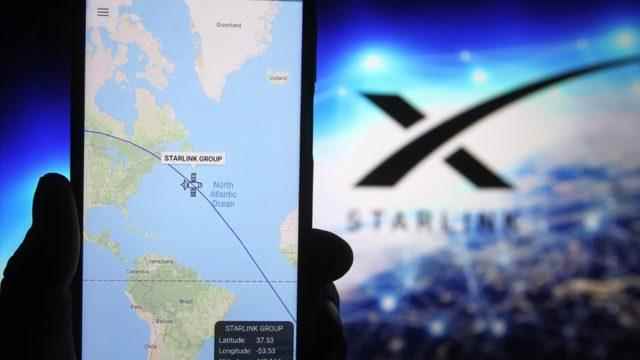Elon Musk’s SpaceX company is launching thousands of satellites into orbit. Many people say they saw them in the sky.
They are part of the Starlink project, which aims to provide high-speed internet service from space to remote areas of the world.
WHAT IS STARLINK AND HOW DOES IT WORK?
Starlink provides internet service over a large satellite network.
Intended for people living in remote areas who cannot access high-speed internet.
Director of Space Projects at the University of Portsmouth, Dr. “There are people in this category in the UK, but more in other parts of the world, in places like Africa,” says Lucinda King.
Starlink’s satellites were placed in low-altitude orbit around the Earth to make the connection between the satellites and the earth as fast as possible.
However, a large number of low-altitude satellites are needed to cover the entire world.
Starlink is thought to have placed about 3,000 satellites into space since 2018. Chris Hall says 10,000 or 12,000 satellites could be used in the final stage.
“Using satellites solves the problem of providing internet connectivity to remote areas in deserts and mountains,” Hall says.
“It makes the need to build massive amounts of infrastructure like cables and poles unnecessary to reach these areas.”
HOW MUCH STARLINK COST AND WHO WILL IT BE USED?
Compared to standard internet providers, Starlink is not cheap.
It charges customers $99 per month. The dish and router required to connect to the satellites cost $549.
However, 96 percent of UK households and 90 percent of EU and US households already have high-speed internet access.
“Most of the developed world is already well connected,” says Professor Said Mosteshar, Director of the Institute for Space Policy and Law at the University of London. “They hope to derive their income from a small share of the market.”
The company says it currently has 400,000 subscribers in the 36 countries it covers—mostly in North America, Europe, and the Southeast Asian Islands. These include both households and businesses.
Next year, Starlink plans to expand its coverage in Africa, South America and Asia where internet penetration is less.
“Starlink prices may be too high for many African households,” says Chris Hall. “But it can play an important role in connecting remote schools and hospitals to the internet.”
HOW IS STARLINK HELPING UKRAINE?
As Russian forces advanced in Ukraine, they shut down internet services in the country and tried to block social media sites.
Elon Musk launched Starlink in Ukraine right after the invasion began. About 15,000 sets of dishes and routers of Starlink were sent to the country.
“Starlink kept things like utilities and government going,” says Chris Hall. “The Russians couldn’t find a way to neutralize it.”
Starlink was also used on the battlefield.
Working in the field of defense at Kings College University, Dr. “Ukrainian forces use it to communicate, for example, between headquarters and troops in the field,” says Marina Miron.
“Their signals cannot be blocked like ordinary radio signals and the kit only takes 15 minutes to set up.”
IS STARLINK CREATING CLOSURE IN SPACE?
In addition to Starlink, competitors such as OneWeb and Viasat, which run satellite internet services, are also placing thousands of satellites in low Earth orbit.
Said Mosteshar says this will cause problems: “It makes the area less and less safe in terms of collisions.”
“Satellites can crash into other vehicles and create pieces of debris, which can cause much more damage when flying at high speeds.”
Recently, a number of accidents involving Starlink satellites have been circumvented. Among them was the one involving China’s space station.
University of Portsmouth’s Dr. “If there are too many pieces, it could render low-Earth orbit unusable in the future,” King says.
“And we may not be able to go from low Earth orbit to higher orbits where we have our navigation satellites and telecommunications satellites.”

Starlink’s moons pose problems for astronomers as well.
At sunrise and sunset, they are visible to the naked eye as the sun shines through their wings.
This can cause bands in telescope images that block the view of stars and planets.
“Astronomers saw the problems early on,” says Professor Mosteshar. “They were the first to complain.”
